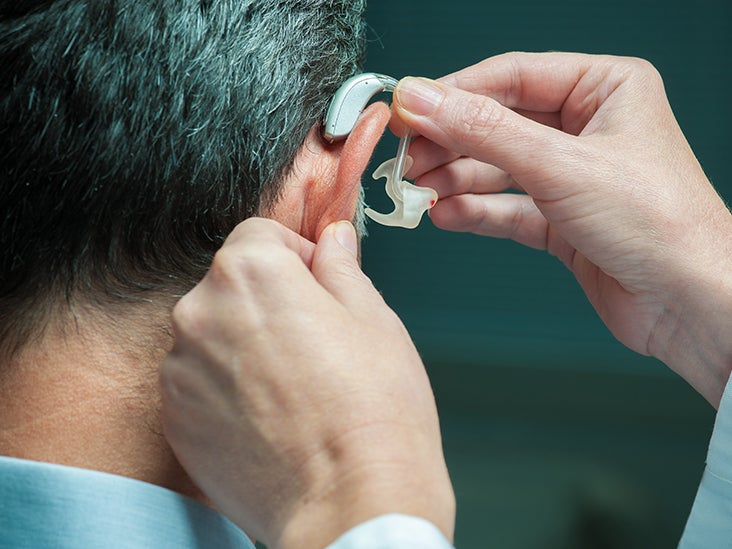
Auditory neuropathy spectrum disorder (ANSD) describes a condition where the ear is working normally but is unable to send signals or transmit sounds in a form that our brain can understand. It is unclear how many people are affected by this condition, but based on a science journal, among children who have significant hearing loss, around ten percent of them showed signs which suggest ANSD. This means that it plays a significant role in people with hearing impairments.
Children or adults can be equally affected, as this condition can be carried to adulthood without a formal diagnosis made. People with ANSD might display difficulty in differentiating sounds, be unable to fully understand speeches or conversations, hear sounds of varying intensity, and they might also experience hearing changes. Experts even suggest that people with ANSD might more likely present with a speech problem, rather than a hearing issue. Parents should have a high vigilance toward children with the possibility of ANSD or other hearing impairments. Signs include unclear speech, unable to follow instructions, do not appropriately respond in conversations, requiring high volumes, or have a learning disability.
There are several risk factors for children to acquire ANSD. These factors include severe jaundice in the neonatal period, having low oxygen levels during or before birth, or taking certain medications which cause damage to the hearing nerves. Adults can also develop ANSD along with age-related hearing loss. Experts also believed that ANSD can be genetic-related, and it has a higher chance of occurring within the same family.
ANSD can be a progressive disease, depending on its severity and underlying cause. Progressions are commonly noted in people with an underlying neurodegenerative disorder, such as Friedreich ataxia or Charcot Marie-Tooth disease. These genetic conditions are extremely rare. Some newborn babies who are diagnosed at birth or during infancy get better within a year or two, while some infants get worse and show signs of hearing loss as they grow older.
ANSD is a complex disorder that requires a multidisciplinary team for its management – it will be ideal for multiple health professionals to be involved, including otolaryngologists, pediatricians, and audiologists. However, audiologists will be the expert in this field and they are the ones who specialized in the diagnosis of ANSD. An otoacoustic emission (OAE) is a test used to measure how well the inner ear works. The patient will be put to sleep with earphones in the ear, and certain sounds or tones will be made through the earphones. With tiny stickers with wire attached to the head, the wire will be able to pick up signals from the inner ear if it is responding to the sounds. Another test, the auditory brainstem response (ABR), measures if sounds are being sent from the inner ear to the brain. Like OAE, tiny earphones are placed in the ear. Electrodes are once again placed on the head to see if the brain responds to the sounds. The diagnosis of ANSD is highly possible if OAE is normal but ABR is abnormal.
While effective treatments for ANSD are still being sought, many developments have been done to aid people with hearing impairment. A frequency modulation (FM) system is designed to reduce background noise and amplify a speaker’s voice. The speaker has to wear a microphone with a transmitter, while the patient will wear a receiver. Other hearing aids such as a cochlear implant can also be considered and might aid in hearing.
ANSD is gaining more recognition as a common issue, and many efforts are currently in progress to understand the diagnosis better. Even though no gold standard treatments are available thus far, hearing aids to facilitate hearing are readily available. If you are unsure if someone like yourself has got a hearing problem, it is always advisable to seek a health professional’s opinion or go for a health screening.
